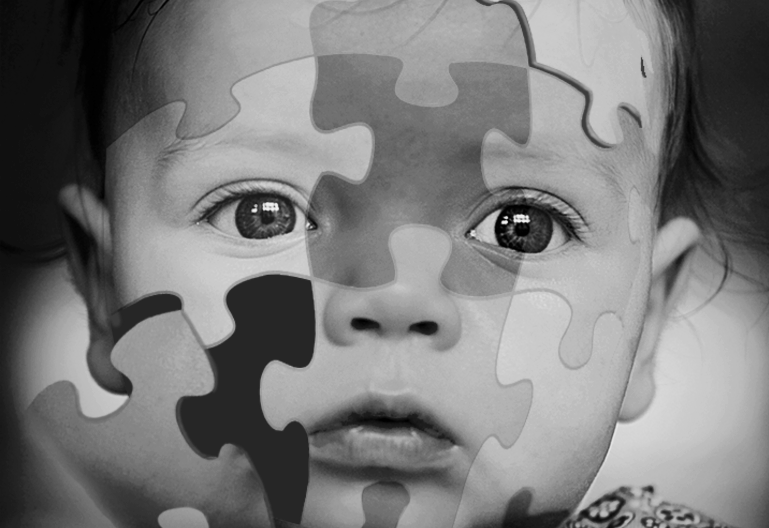Weighing the idea of modifying babies
March 23, 2017
It is a bright Tuesday morning and in Sinai hospital in the New York City, a cute tiny organism has been given birth to. It cries as it takes its first breath of the world. “That that was the most memorable day of my life,” the newly parents said. Well, so did the other 3 to 4 parent couples.
According to the CIA World Factbook from 2016, approximately 4.3 babies are born every second. Now the fragile baby must rely on the antibodies from its mother and its own bodily system to survive. The mortality rate of babies (infants under 1 year old) ranges from 49.4%, according to United Nations, and 42.09%, according to CIA World Factbook. The leading causes of this high mortality rate seems to be infections (36%, including sepsis, pneumonia, tetanus and diarrhea), pre-term (28%), and birth asphyxia (23%). The United States, alone, has the highest mortality rate of 6.1 per 1000 births compared to all 27 most wealthiest countries, according to Washington Post. Statistically, babies born in United States are 3 times more likely to have a higher mortality rate than being in Japan or Switzerland.
However, what if we can reduce the mortality rate? Should we take the opportunity? What are the downsides to it, if any? Can we even consider these babies the offsprings of the origin? Yes, this is speaking of genetically modifying babies. And these are the questions we must consider when endorsing this idea.
Junior Andre Schoolman agrees that genetically modifying should be allowed for public use: “Yes [modifying babies are a good idea], because if the genetically modified babies can grow to be stronger and more durable,” he says. “The benefits outweigh the downsides there may be since it can make these babies much more capable to survive.”
However, there are some who take the opposing stance on genetically modifying babies.
Gabrielle Sosa Medina, a junior, opposes the idea of genetically modifying babies: “No [modifying babies isn’t a good idea], because it imposes too much humane cultural conflicts.”. She also warns of the possible trouble if this technology goes into the wrong hands: “Doesn’t matter what regulations or how many regulations has been placed. Evil people such as terrorists will find a way to get their hands on it and use it for their own purpose.”
Mr. Smolka, science teacher of the iSchool, takes a neutral approach to modified babies. “It’s a loaded question. We don’t know what the outcome will be. Biodiversity is incredibly important, we run a risk of removing the equation. We won’t be as adaptable if we’re not diverse. If we were all clones of each other, one bacteria can potentially wipe us all out.” “ [The ethicality] depends on the situation, on certain situations it’s good, on others it’s bad. For instance, a family has their first child and they decide that it’s not ‘fit’ for them. So they decide to genetically engineer a second ‘better’ son. That’s unethical.”
However, genetically engineering babies will offer us the benefit of having more durable babies, such as being more resistant to diseases, and babies will have desirable attributes.
In the end, the idea of genetically modifying babies is still being decided if it should be put in public use.
References:
“By cause.” World Health Organization,
http://apps.who.int/gho/data/node.main.ghe1002015-by-cause?lang=en.
“Country Comparison Birth Rate.” Central Intelligence Agency,
https://www.cia.gov/library/publications/the-world-factbook/rankorder/2054rank.html.
“Infant Mortality Rate.” Central Intelligence Agency,
https://www.cia.gov/library/publications/the-world-factbook/fields/2091.html.
“Number of deaths (thousands) Data by WHO region.” World Health Organization,
http://apps.who.int/gho/data/view.main.CM1300N?lang=en.
“Probability of dying per 1 000 live births Data by WHO region.” World Health Organization,
http://apps.who.int/gho/data/view.main.CM1300R?lang=en.


